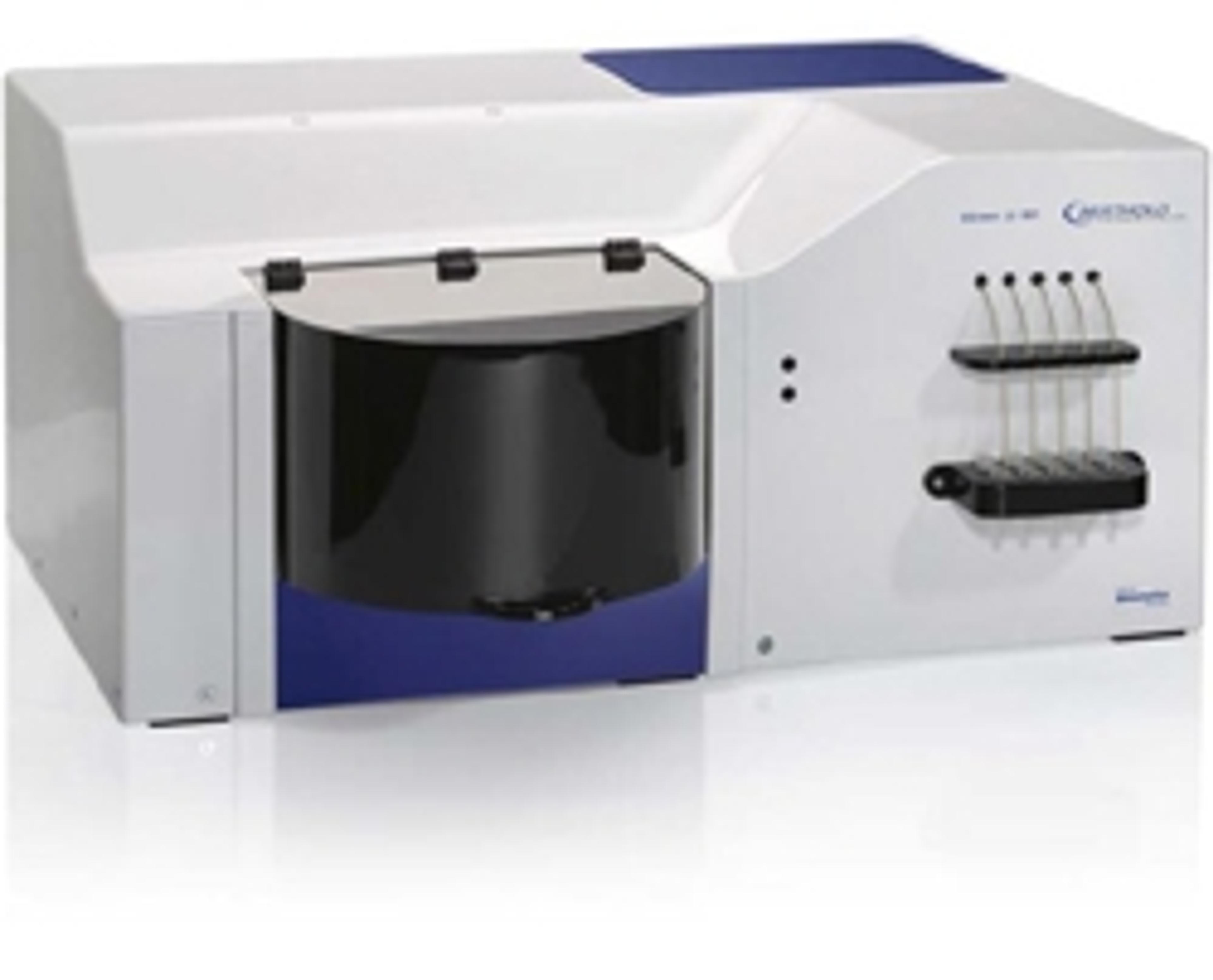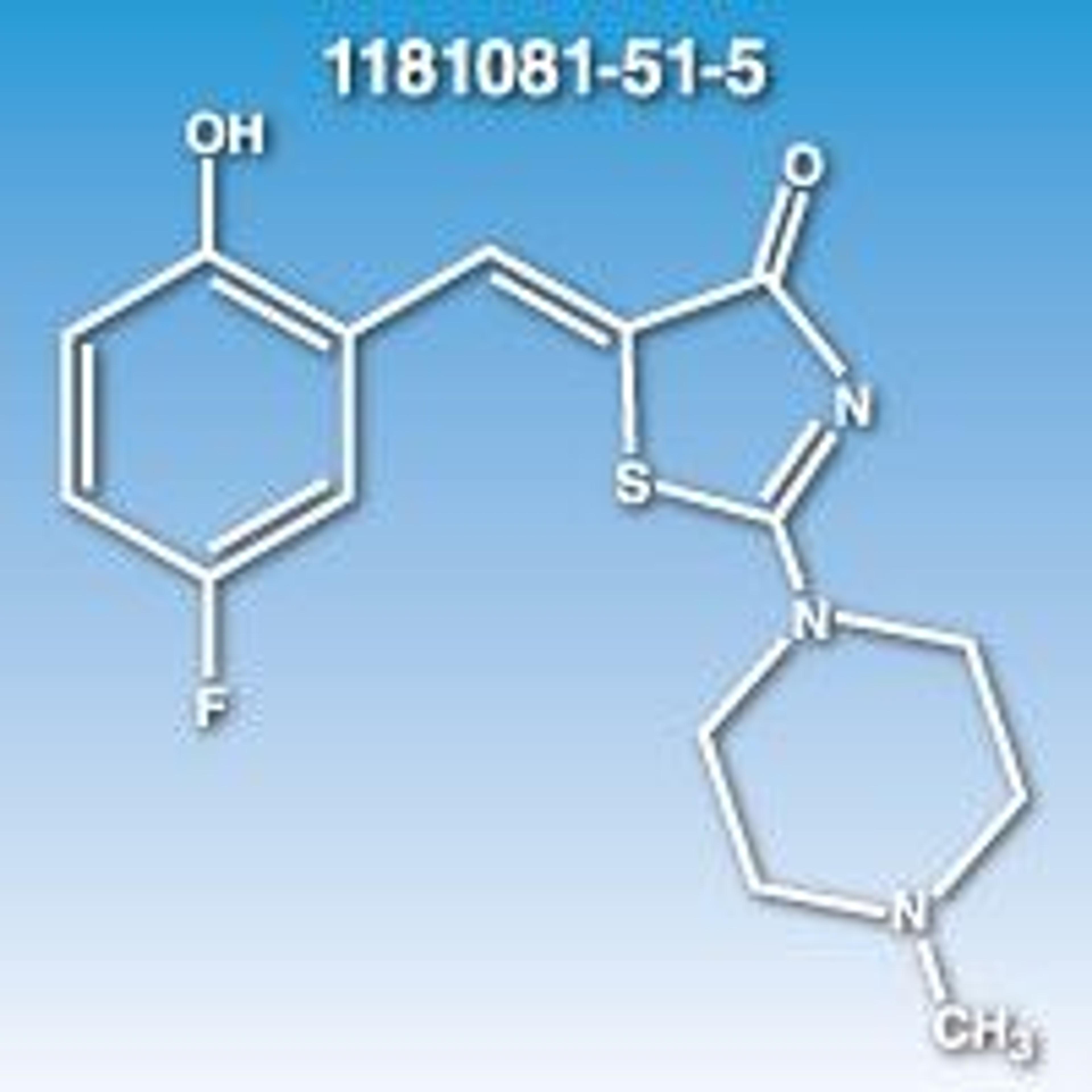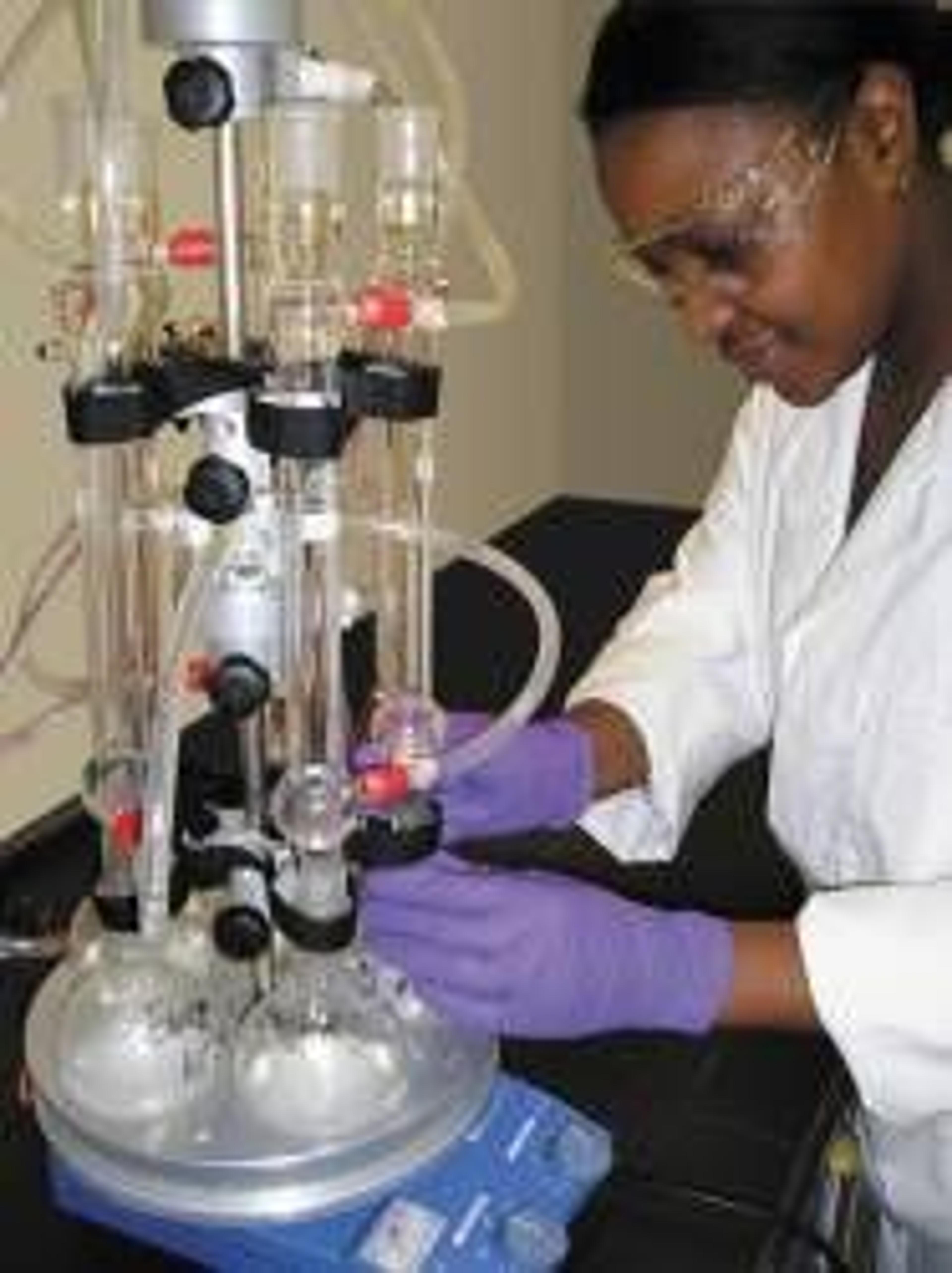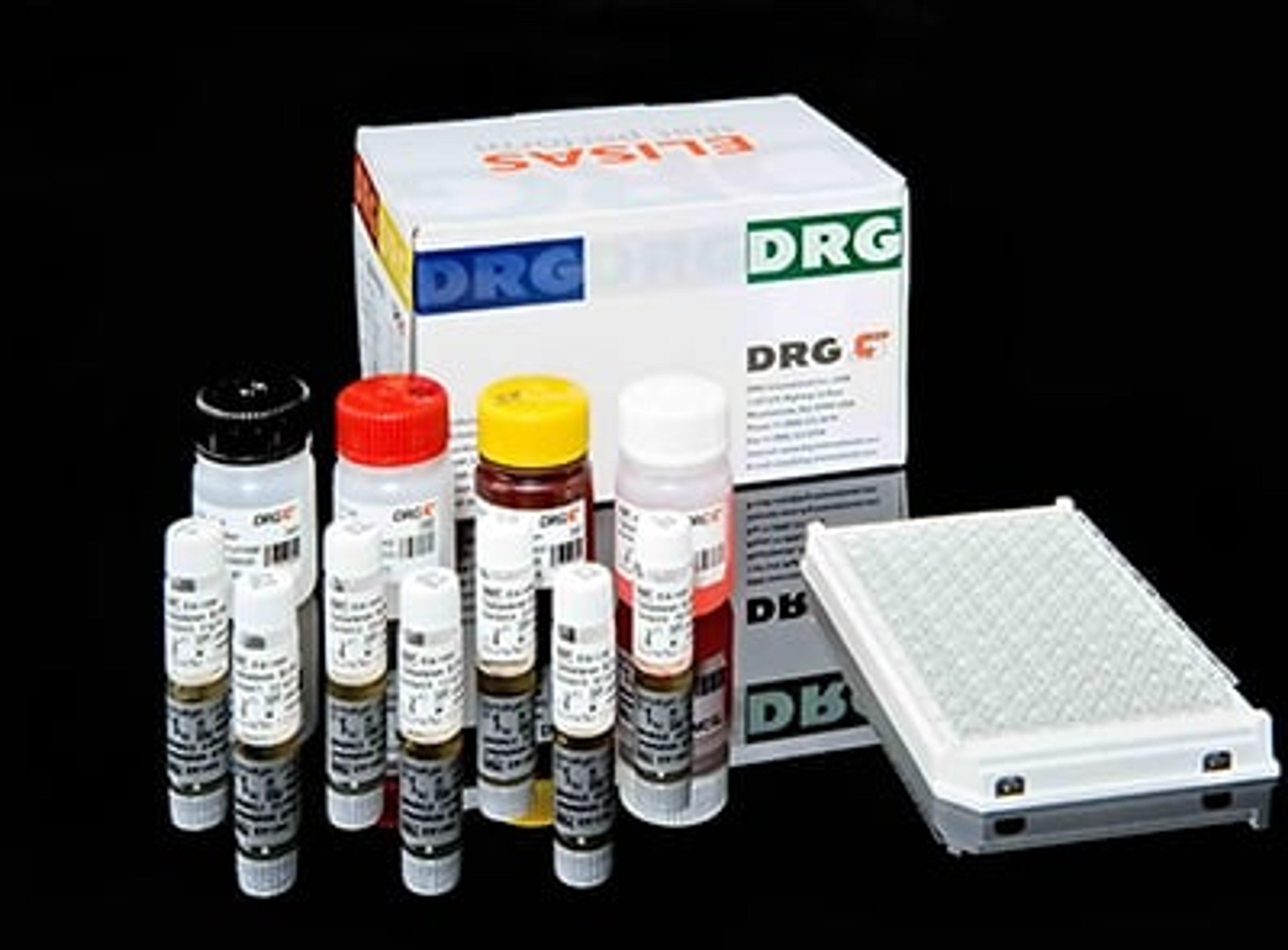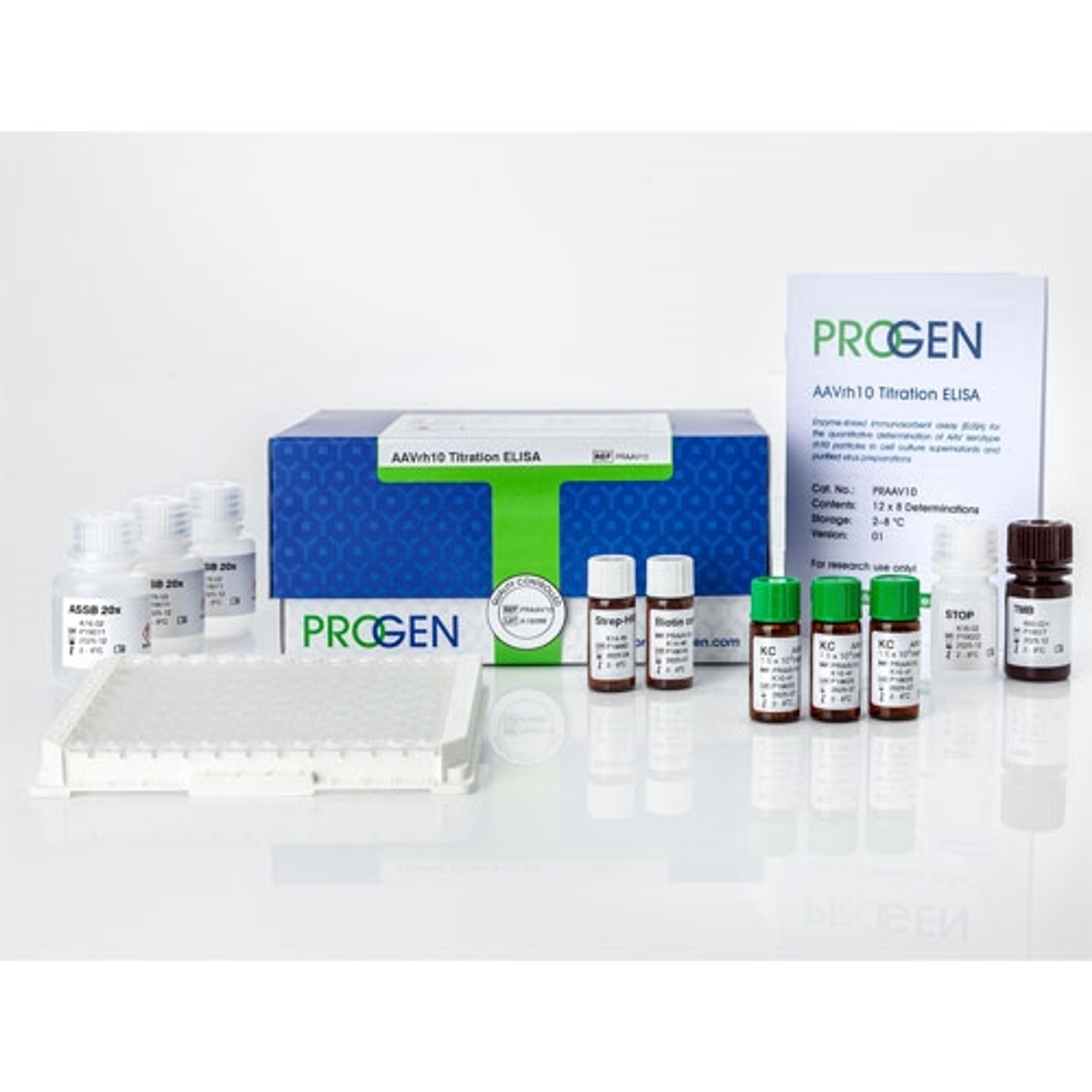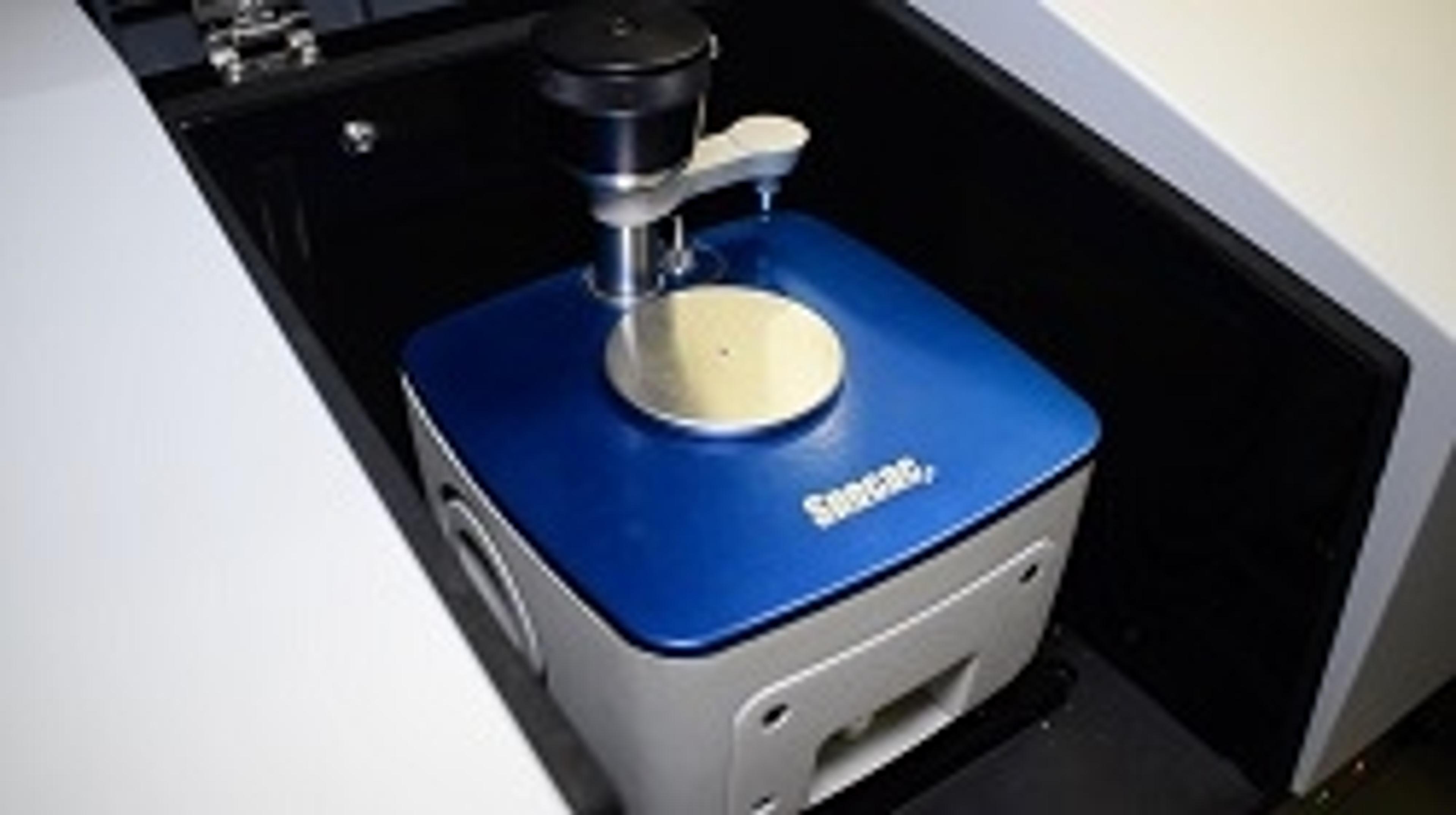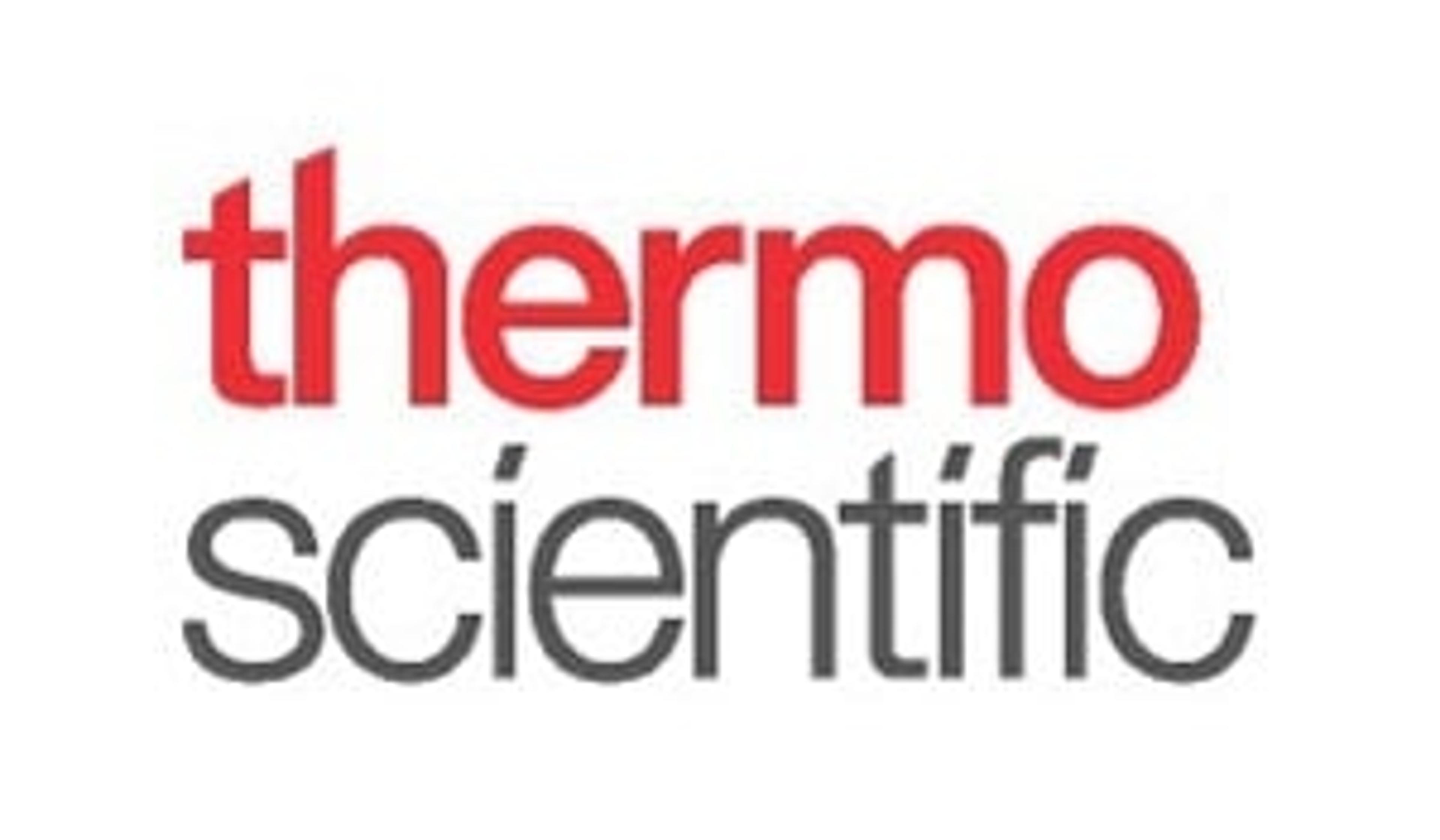Search results for "molecular microbiology"
Selected Filters:
ACQUITY UPLC I-Class/Xevo TQ-S micro IVD System
WatersHigh performance from a compact design with rapid, reliable, and reproducible quantitative data for the clinical laboratory.
FSH (Follicle Stimulating Hormone)
DRG International Inc.High Quality Assays with Reproducible and Reliable Results
AAVrh10 Titration ELISA
PROGENUnique microtiter plate enzyme immunoassay for the quantitation of virions and assembled empty capsids of human Adeno-associated Virus rh10. The recombinant capture-antibody detects a conformational epitope not present on unassembled capsid proteins. The assay represents a fast, sensitive and reproducible method for titration of intact AAVrh10 wt virions, AAVrh10 recombinant virions or assembled and intact empty AAVrh10 capsi…
Cancer Researchers Highlight Clinical Potential of Liquid Biopsy Using Droplet Digital PCR Technology
Bio-Rad’s Droplet Digital PCR (ddPCR)-powered liquid biopsy was presented during the 2019 American Association for Cancer Research (AACR) Annual Meeting in Atlanta
Winners of the 2018 Scientists’ Choice Awards for Life Sciences Announced at AACR
During the American Association for Cancer Research 2018 Annual Meeting, SelectScience recognized cutting-edge products and technologies advancing life sciences research
New On-Demand Targeted Next-Generation Sequencing Panels for Inherited Disease Research Deliver User Customization Without High Upfront Cost
Thermo Fisher to introduce Ion AmpliSeq™ On-Demand product line of pre-tested gene targets and several other new Ion Torrent NGS offerings at ESHG 2017
Specac – Enabling Great Science
Catch Specac at Pittcon, booth 4141 to learn about all their latest innovations
New Method to Assess Effectiveness of Genome-Editing Technologies
Droplet Digital™ PCR–based assay quickly and cost-effectively assesses genome-editing events

